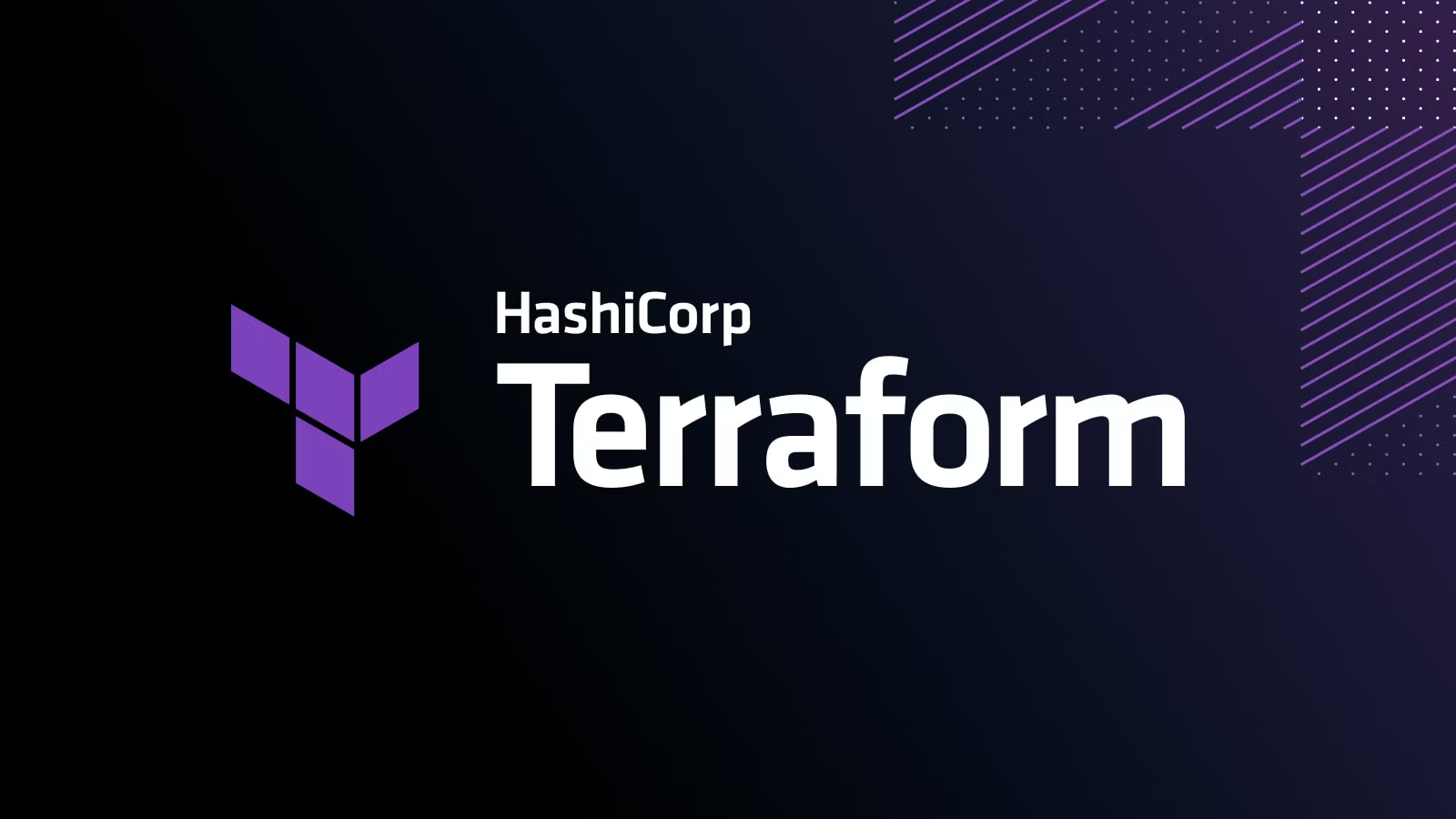
Terraform #Terraform
Terraform is an open-source "Infrastructure as Code" (IaC) tool created by HashiCorp, enabling users to define and provision data center infrastructure using a declarative configuration language. This allows for the automation of infrastructure management across various cloud providers and on-premises environments, promoting consistency, efficiency, and repeatability. By describing the desired state of infrastructure in configuration files, Terraform simplifies complex deployments and facilitates collaboration among development and operations teams. Essentially it allows you to write code that creates, changes, and versions your infrastructure.


.png.6dd3056f38e93712a18d153891e8e0fc.png.1dbd1e5f05de09e66333e631e3342b83.png.933f4dc78ef5a5d2971934bd41ead8a1.png)
